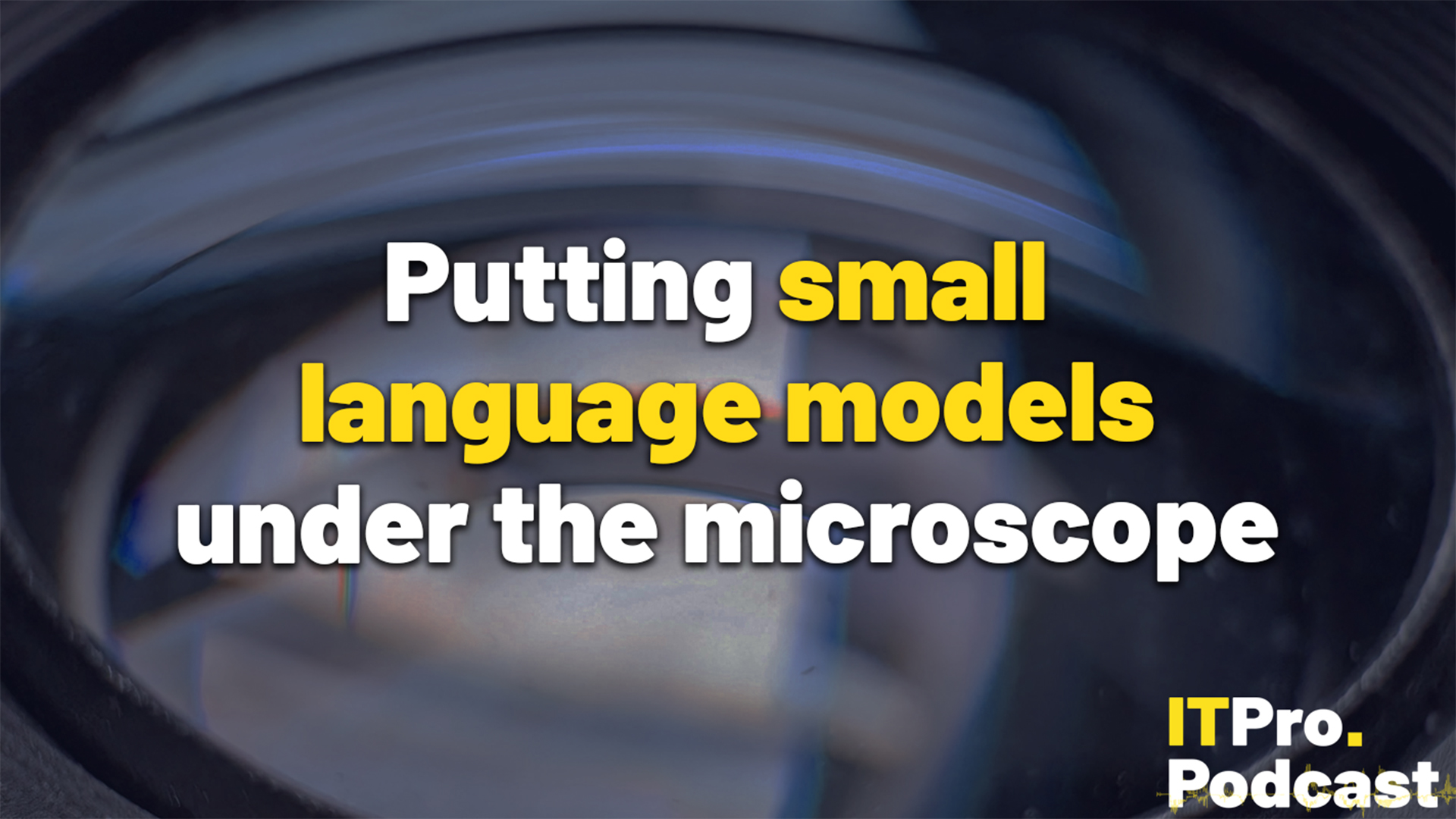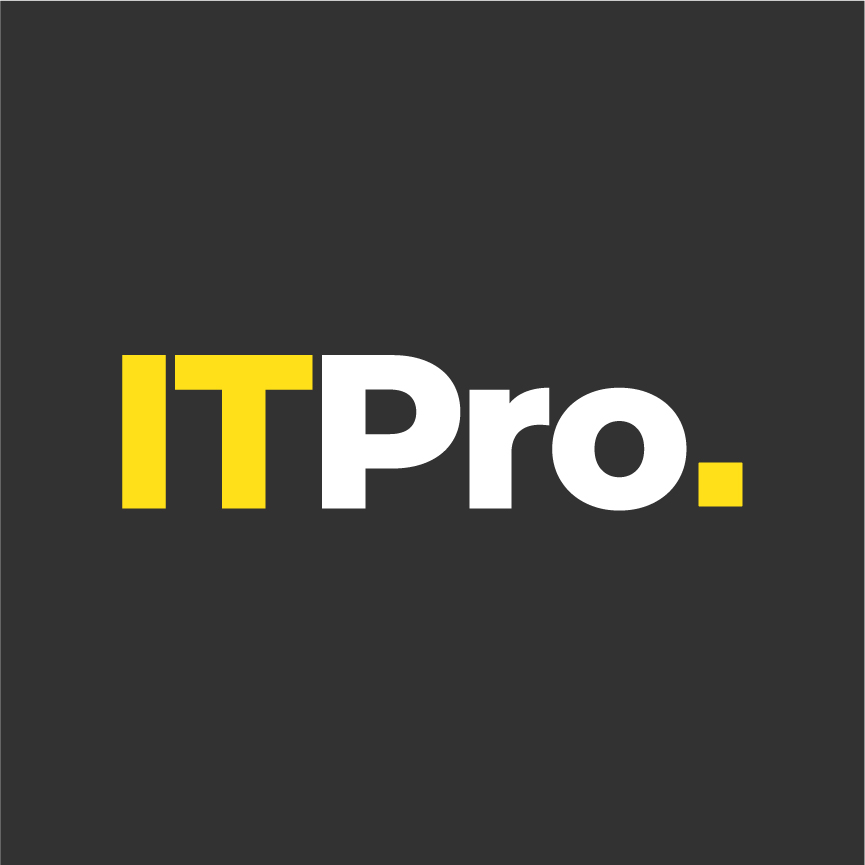De-dupe: Time to think out of the box?
CommVault’s Nigel Tozer asks if the era of target, appliance-based de-dupe is over, what does it mean for the channel?

CommVault’s CEO Bob Hammer recently declared the era of target de-duplication appliances to be over: “They are a band aid and will fade away over time,” he said.
It was a bold statement, undeniably, and one that probably opens up a wider debate in the industry about the benefits of software or hardware-based storage.
The decision to go with either solution can be influenced by resellers, so the channel will need to be mindful of the long-term position of supporting either strategy before approaching customers with a solution.
For example, an enterprise-sized organisation that has a steady dataflow and predictable process may think an appliance is the easiest route, which means they could miss out on significant efficiencies and savings in other areas not addressed by a de-dupe appliance but still get the ‘de-dupe dividend’ with software and low cost disk.
For companies dealing with major data growth, remote office applications or other more complex storage requirements, having de-dupe embedded in the data management software layer instead of an expensive silo is even more compelling.
Direct comparisons between the cost of hardware and software dedupe are not always easy for those without experience and the channel can add significant value here. Advice not only on the expected performance but also the associated benefits of a software-based approach in the short and long term can be pivotal in the decision making process. The cost differences are often underlined when the customer needs more capacity or performance; software can easily be scaled unlike a hardware silo which may have to be completely replaced.
Appliance-based de-dupe is a reflection of an earlier time when custom ASICs were almost a requirement to achieve performance benchmarks. However the intervening years have seen the development of incredibly powerful off-the-shelf CPUs and dense blade architectures which has eclipsed the usefulness of the closed box appliance.
ChannelPro Newsletter
Stay up to date with the latest Channel industry news and analysis with our twice-weekly newsletter
If you look at the InformationWeek 2013 State of Storage Survey, it’s clear that customers also believe that you have more choice and flexibility using a software-based backup and data management solution.
Why is software-based backup a better sell for the channel?
The very flexibility offered by software is a key reason why the channel should consider solutions that are not tied to a hardware appliance; few customers appreciate having to go through a forklift upgrade that wastes a CAPEX purchase.
Plus, as new backup and data management requirements materialise over time, the reseller or MSP can up-sell additional features or services to the customer, such as mobile data management or compliance tools.
A big name appliance is often seen by the channel as an easy sell compared to the rip-and-replace of incumbent point backup products, but this is a very short term view. De-dupe appliances may provide a narrow window of relief from a limited number of problems but they do very little to answer more fundamental issues of data management such as data growth, long term retention and access. On top of that you also introduce the spectre of disk-vendor lock-in and the problems of expansion already cited.
Successful resellers know that ditching the appliance route for software not only has more margin potential but makes repeat and incremental sales more likely. The reason for this is that while the first de-dupe appliance ‘band aid’ may provide some benefit, the second rarely has anything like the same value – it may even just be there as a 100 percent copy of the first. Selling a software solution that delivers immediate and long term value keeps your clients happy instead of begrudgingly shopping around because they have hardware vendor lock-in issues.
The extraction of existing software may be seen as barrier but in reality it’s an opportunity; data management vendors growing their market share, by default, are in the replacement business. This means you also get to resell the tools and services to keep the transition from old to new very smooth and importantly deliver the lasting value the customer is expecting.
For resellers looking to address backup, DR, and archive needs by offering a service, the software route enables a more flexible service delivery model by allowing billing based on usage whereas hardware still mostly incurs up-front capital expense. These ‘pay monthly’ service provider licensing schemes are proving to be a very attractive proposition to take to market.
Appliance-based de-dupe is a legacy that was once valuable in establishing the market, but the channel would now be missing a trick if it didn’t start looking to a more flexible future. It’s time to think outside the box.
ITPro is a global business technology website providing the latest news, analysis, and business insight for IT decision-makers. Whether it's cyber security, cloud computing, IT infrastructure, or business strategy, we aim to equip leaders with the data they need to make informed IT investments.
For regular updates delivered to your inbox and social feeds, be sure to sign up to our daily newsletter and follow on us LinkedIn and Twitter.
-
 Putting small language models under the microscope
Putting small language models under the microscopeITPro Podcast The benefits of small language models are undeniable – but they're no silver bullet
By Rory Bathgate
-
 CyberOne appoints Microsoft’s Tracey Pretorius to its advisory board
CyberOne appoints Microsoft’s Tracey Pretorius to its advisory boardNews The threat intelligence leader will provide strategic guidance to CyberOne’s executive team
By Daniel Todd
